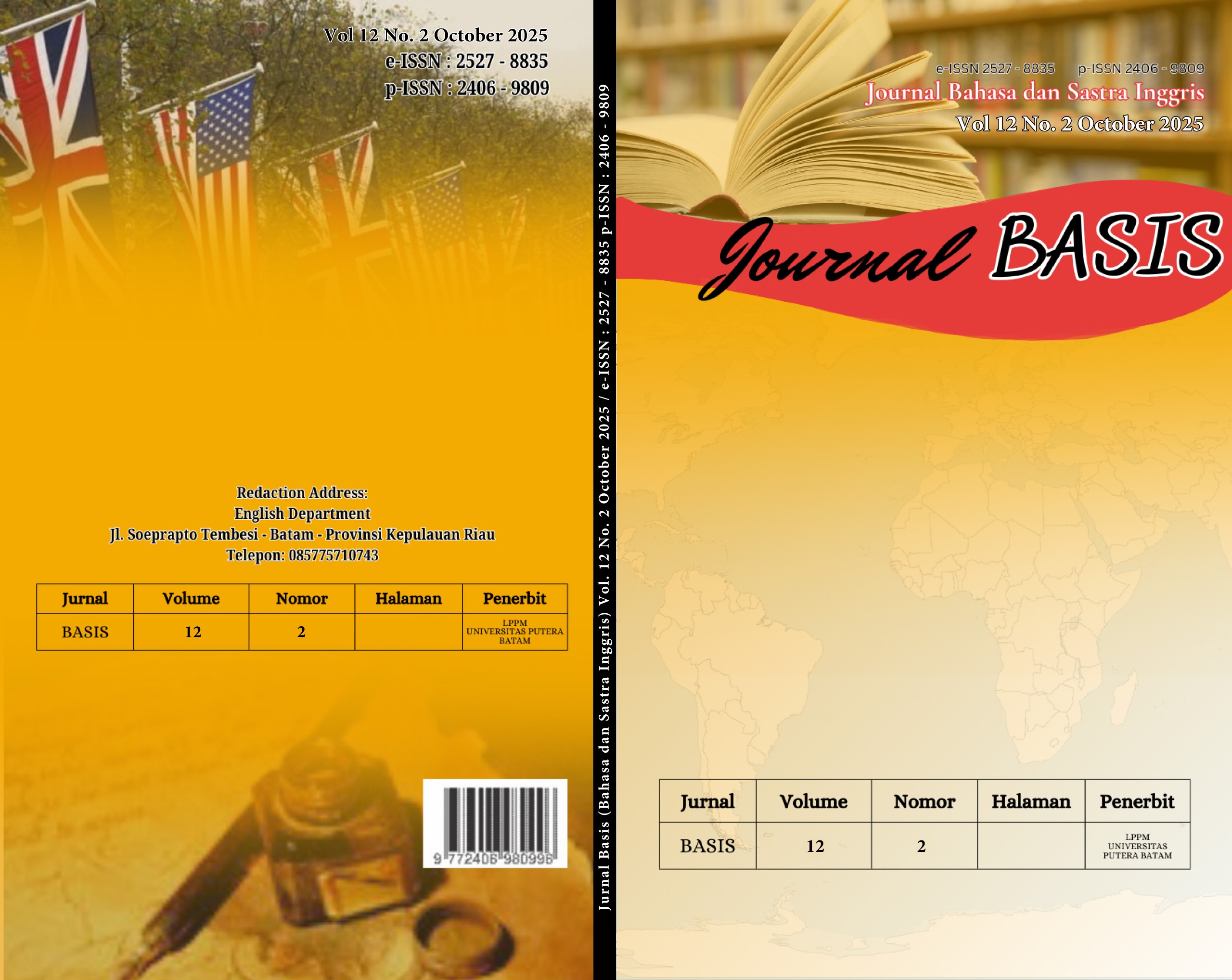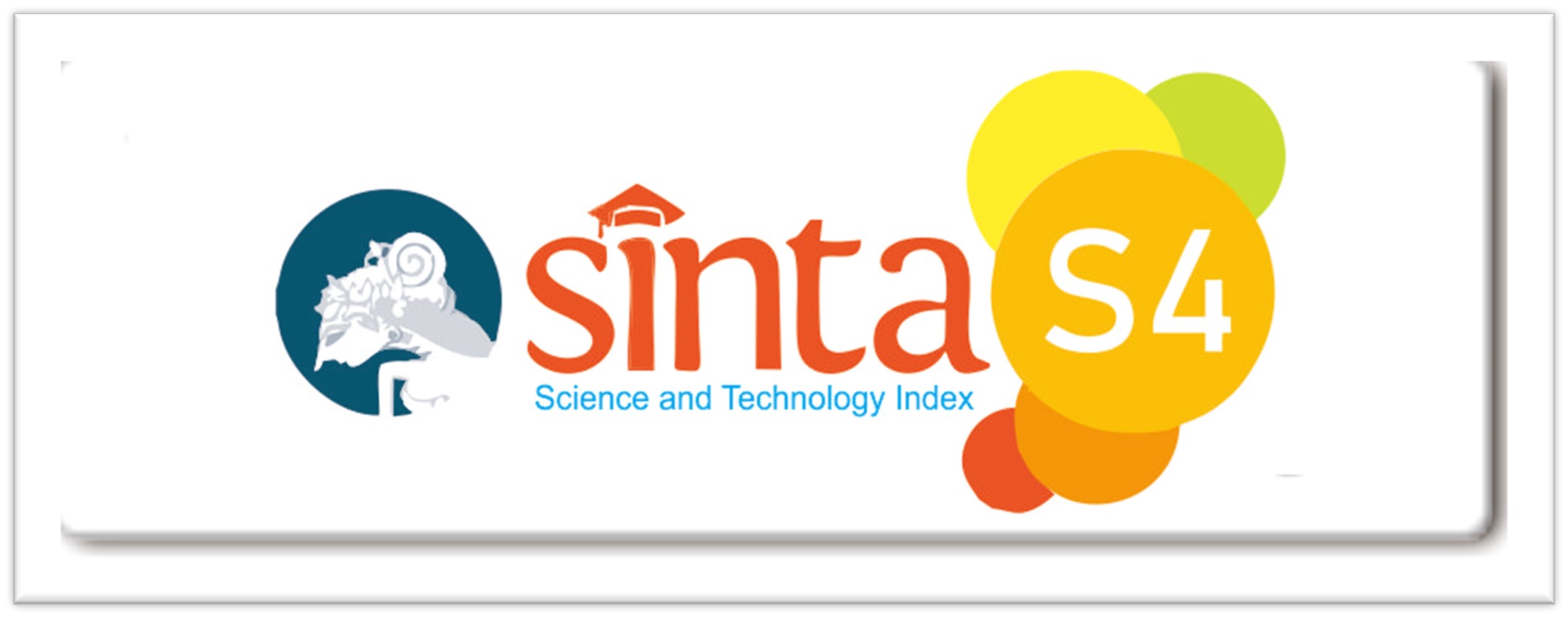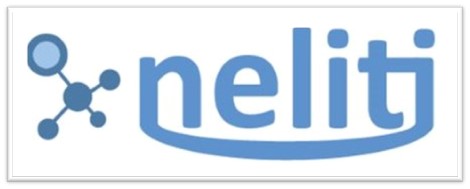COGNITIVE ASPECTS OF TRANSLATORS’ ACTIVITIES IN ENGLISH-INDONESIAN TRANSLATION: AN ANALYSIS OF USING TRANSLOG-II AND THINK-ALOUD PROTOCOL
Inggris
DOI:
https://doi.org/10.33884/basisupb.v12i2.10121Keywords:
Translation Process, Cognitive Translation, Think-Aloud Protocol, Translog-II, English–Indonesian TranslationAbstract
This study investigates the cognitive aspects of translators’ activities by employing Think-Aloud Protocols (TAPs) and Translog-II software to capture real-time decision-making during English–Indonesian translation tasks. The research aims to reveal how translators plan, monitor, and evaluate their work while handling linguistic and conceptual challenges. Data were collected from one professional translator who performed two translation tasks while verbalizing thoughts and recording keystrokes. The findings show that the translator engaged in complex cycles of comprehension, reformulation, and revision that reflect both cognitive and metacognitive strategies. Frequent pauses, revisions, and self-corrections observed through Translog-II indicate moments of metacognitive monitoring, while TAPs revealed the translator’s awareness of lexical and syntactic alternatives. The results highlight the interdependence between cognitive processes and translation strategies, demonstrating how technological tools can provide detailed insight into translators’ mental operations. The study concludes that integrating Translog-II and TAPs enriches cognitive translation research and offers pedagogical value for translator training programs.
References
Alves, F. & José L. V. R. G. (2003). A relevance theory approach to the investigation of inferential processes in translation. In Fabio Alves (Ed). Triangulation translation: Perspectives in process-oriented research. Amsterdam: John Benjamins.
Alves, R. A. (2012). The future is bright for writing research. In Berninger, V. W. (Ed.), Past, present, and future contributions of cognitive writing research to cognitive psychology (pp. 591–598). New York: Psychology.
Arndt, V. (1987). Six writers in search of texts: A protocol-based study of L1 and L2 writing. ELT Journal, 41, 257-267.
Carl, M. and Jakobsen, A. (2009). Towards statistical modelling of translators' activity data. International Journal of Speech Technology, 12(4), 125-138. Doi 10.1007/s10772-009-9044-6
Carl, M. and Arnt, L. J. (2009). Towards statistical modelling of translator’s activity data. International Journal of Speech Technology 12 (4): 125–138. DOI: 10.1007/s10772-009-9044-6
Cazden, C. (1996). Selective traditions: Readings of Vygotsky in writing pedagogy. In D. Hicks (Ed.), Discourse, learning, and schooling (pp. 165-185). New York: Cambridge University Press
Chesterman, A. (2009). The name and nature of translator studies. Hermes-Journal of Language and Communication Studies, 42, 13-22.
Cohen, A. D. (1998). Strategies in learning and using a second language (First ed.). New York: Addison Wesley Longman Limited.
Dutchhowski, A. (2007). Eye-Tracking methodology: Theory and practice. London: Springer.
Ericsson, K. A., & Simon, H. (1984 [1993]). Protocol analysis: Verbal reports as data (Rev. ed.). Cambridge, MA: MIT Press.
Flower, L., & Hayes, J. R. (1981). A cognitive process theory of writing. College Composition and Communication, 32, 365-387.
Holm, J. (2000). An introduction to pidgins and creoles. Cambridge: Cambridge University Press.
Jääskeläinen, Riitta. (2012). Translation psychology. In: Gambier, Yves Gambier & van Doorslaer, Luc (eds.). Handbook of Translation Studies (vol. 3). Amsterdam: John Benjamins Publishing Company.
Jakobsen, A. L. (2003). Effects of think aloud on translation speed, revision, and segmentation. In F. Alves (Ed.), Triangulating translation: Perspectives in process-oriented research (pp. 69–95). Amsterdam: John Benjamins.
Jakobsen, A. L. (2011). Tracking translators’ keystrokes and eye movements with Translog. In C. Alvstad, A. Hild, & E. Tiselius (Eds.), Methods and strategies of process research (pp. 37–55). Amsterdam: John Benjamins.
Kaplan, R. B. (1966). Cultural thought patterns in intercultural communication. Language Learning (16), 1-20.
Kussmaul, P. (1997). Comprehension processes and translation. a think-aloud protocol (TAP) study. In M. Snell-Hornby et al. (eds.). Translation as intercultural communication. Philadelphia: John Benjamins. p.239-248.
Lörscher, W. (1991). Translation performance, the translation process, and translation strategies. Tübingen: Gunter Narr
Mossop, B. (2001). Revising and editing for translators. Manchester: St. Jerome Publishing
Munday, J. (2008). Style and ideology in translation: Latin American writing in English. New York: Routledge.
O’Brien, S. (2006). Eye-tracking and translation memory matches. Perspectives 14.3:185–205.
Riazi, A. (1997). Acquiring disciplinary literacy: A social-cognitive analysis of text production and learning among Iranian graduate students of education. Journal of Second Language Writing, 6(2), 105-137
Séguinot, C. (1989). The translation process. Toronto: H.G. Publications
Sasaki, M. (2000). Toward an empirical model of EFL writing processes: An exploratory study. Journal of Second Language Writing, 9(3), 259-291.
Tirkkonen-Condit, S. (1986). Empirical studies in translation: text linguistic and psycholinguistic perspectives. Joensuu: University of Joensuu.
Victori, M. (1995). EFL writing knowledge and strategies: An interactive study. Unpublished Ph.D. dissertation, Universitat Autonoma de Barcelona (Spain), Barcelona.
Vinay, J. P., Darbelnet, J., & Hamel, J. (1995). Comparative stylistics of French and English: A methodology for translation. Philadelphia: John Benjamins
Wenden, A. L. (1991). Metacognitive strategies in L2 Writing: A case for task knowledge. In J. E. Alatis (Ed.), Georgetown University Round Table on Languages and Linguistics 1991 (pp. 302-322). Washington, D. C.: Georgetown University Press.













 JURNAL BASIS (BAHASA DAN SASTRA INGGRIS)
JURNAL BASIS (BAHASA DAN SASTRA INGGRIS)
